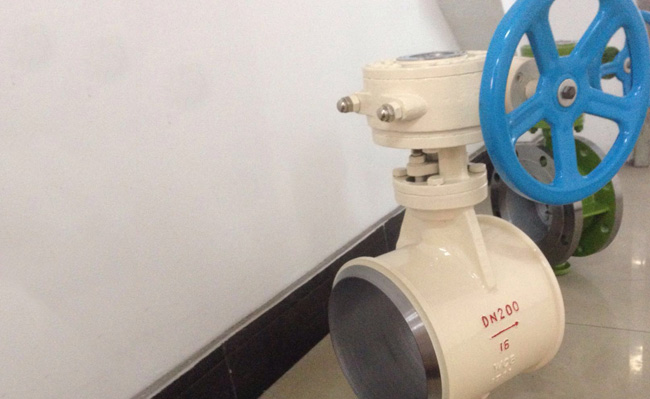1. The valve shall be stored in a dry and ventilated room and blocked at both ends of the access.
2, the valve should check regularly, and remove the dirt on it, smear anti-rust oil on its surface.
3. After installation and application, the valve should be regularly repaired to ensure its normal operation.
4. Check whether the valve sealing surface is worn, and repair or replace it according to the situation.
5, check the valve stem and stem nut trapezoidal thread wear, packing is out of date and failure, and carry out necessary replacement.
6. Test the sealing performance of valve to ensure its performance.
7. The valve in operation should be intact, the bolts on the flange and bracket are complete, the threads are intact, and there is no loose phenomenon.
8. If the hand wheel is missing, it should be timely matched and cannot be replaced by a live wrench.
9. Stuffing gland is not allowed to be skewed or without pre-tightening clearance.
10, if the valve use environment is relatively bad, easy to be contaminated by rain, snow, dust, sand and other dirt, the valve stem should be installed with a protective cover.
11. The scale on the valve should be complete, accurate and clear, and the valve should be sealed and capped.
12, insulation jacket should be no sag, crack.
13, the valve in operation, avoid beating on it, or support the weight.
